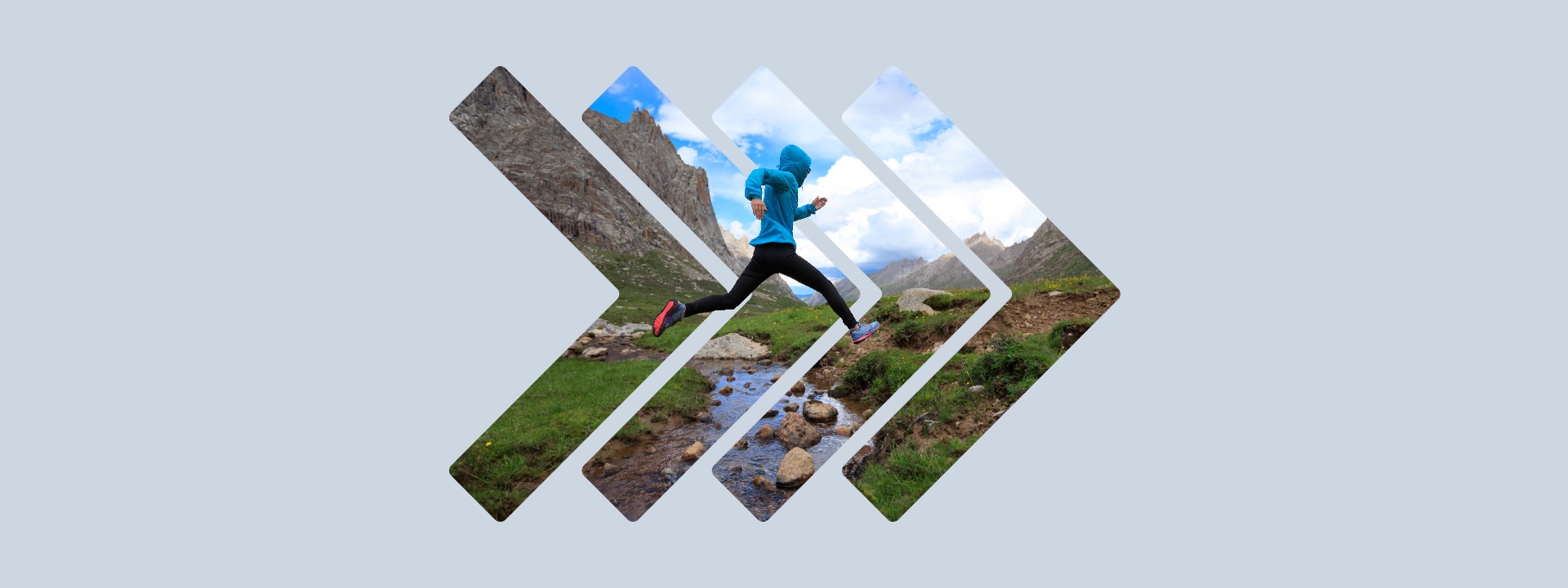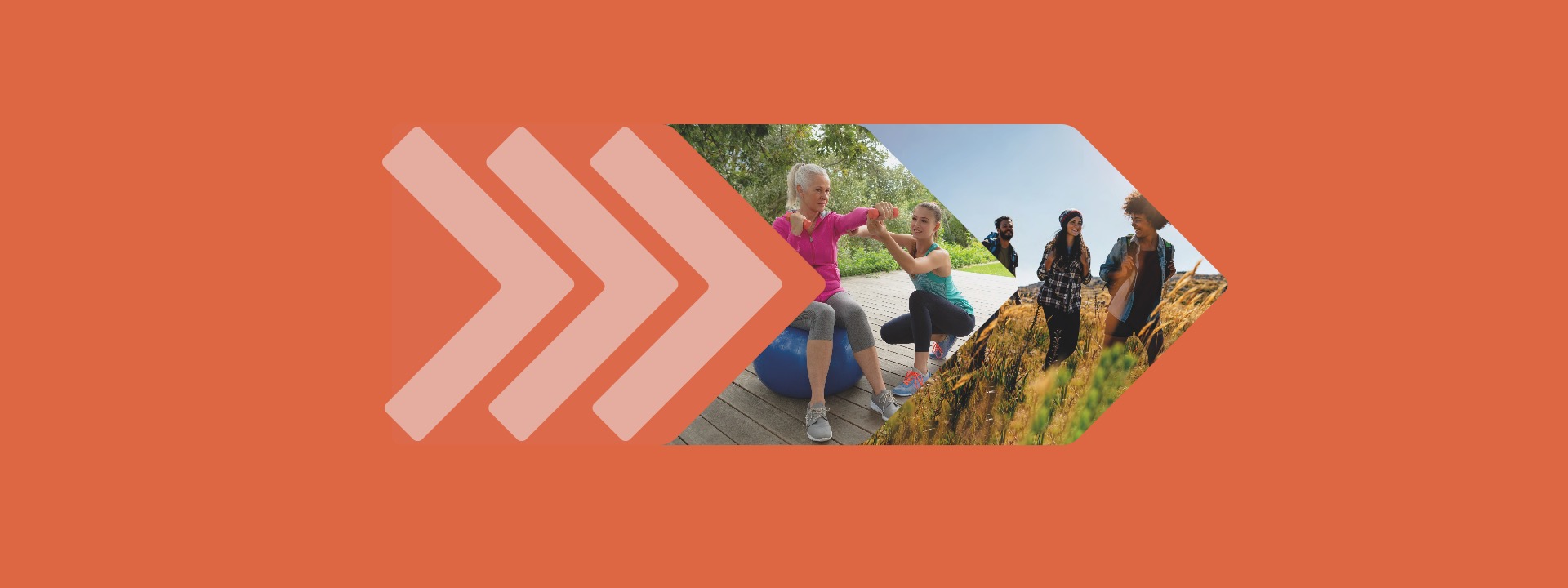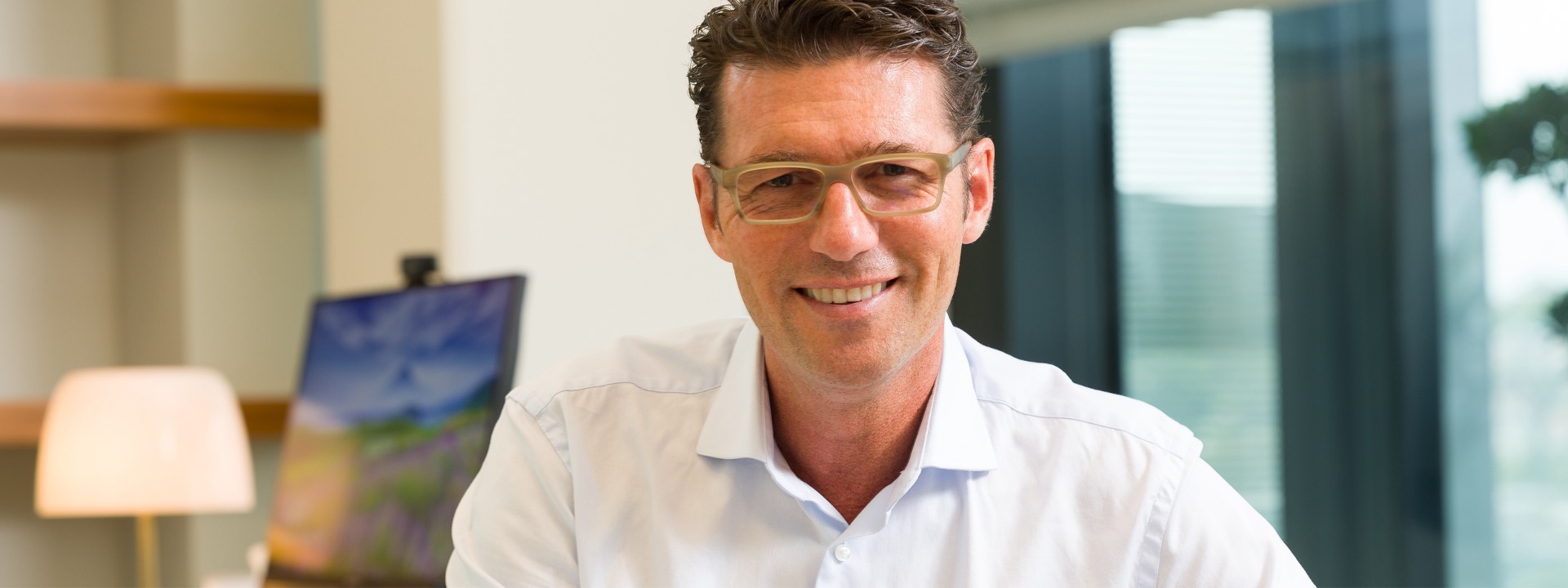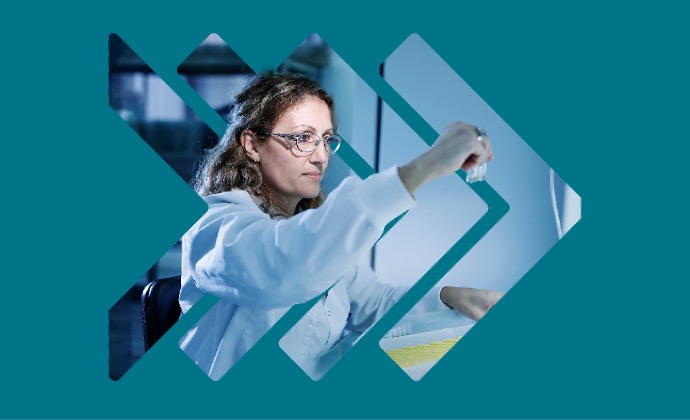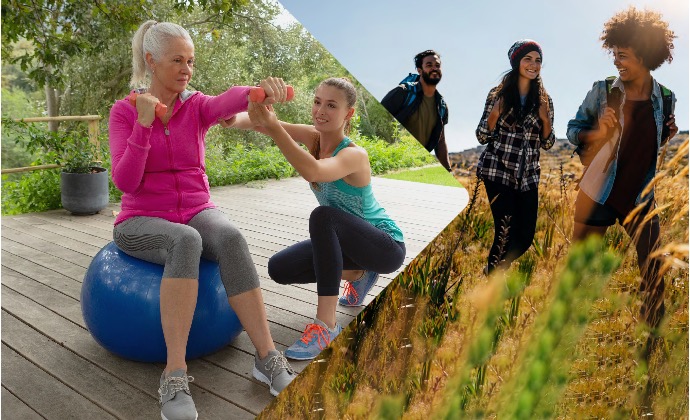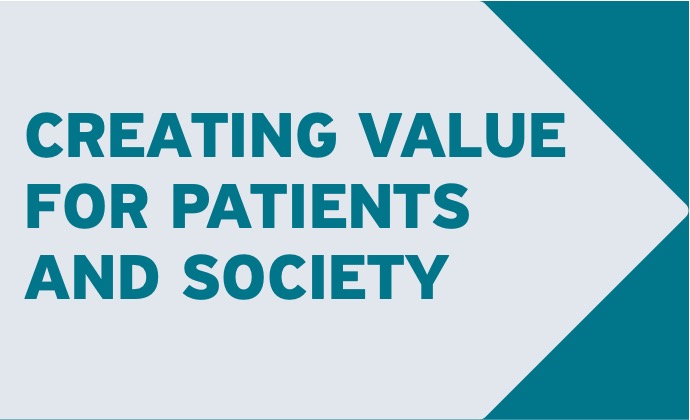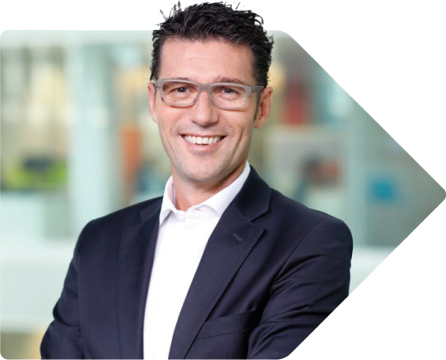
A pharmaceutical company is ultimately defined by the medicines it brings to patients. We build our reputation – and our financial results – on the creation of a sustainable, positive impact on patients and society. Our strategy has brought us to that crossroads where value creation for patients and society converges with strong growth, a solid pipeline, and a bright future.
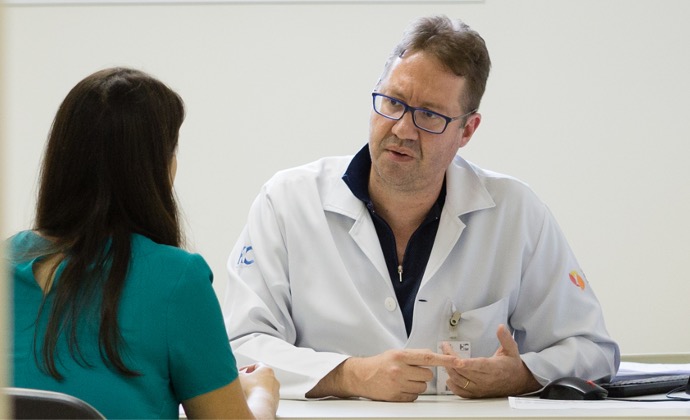
As a global, mid-sized company, we are an agile and distinctive force within the industry, prepared to act quickly on key opportunities. Backed by each other and our leadership, we accelerated our growth in 2022.
Our major milestones for the year included the acquisition and integration of Epizyme and its medicine Tazverik®, which holds long-term promise in hematology-oncology. We saw 8.5% total sales growth* driven by our growth platforms. We also implemented our strategic plan to focus fully on Specialty Care with the divestment of our Consumer HealthCare business.
*At constant exchange rates
2022 in review
Discover how we delivered on each of the key pillars of our strategy by clicking the images below.
Key facts & Highlights
2022 was a year of further progress for Ipsen, as our successful strategy enabled us to increase momentum toward our goals. Fully focused on specialty care in our three therapeutic areas, our growth platforms delivered double-digit sales growth.
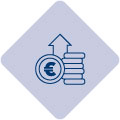
€3,025M
2022 total sales
+8.5% at CER*
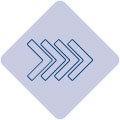
36.9%
2022 core operating margin**
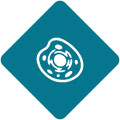
€2,379.5M
2022 Oncology sales
+4.7% YOY at CER*
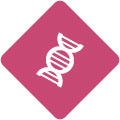
€604.4M
2022 Neuroscience sales
+29.7% YOY at CER*

€41.1M
2022 Rare Disease sales
-18.3% YOY at CER*
* At constant exchange rates (CER), which exclude any foreign-exchange impact by recalculating the performance for the relevant period by applying the exchange rates used for the prior period.
** Compared to 37.2% in FY 2021.
Read our full 2022 Integrated Annual Report
2022 saw us capitalizing on the momentum our strategy has helped create and deliver strong results. Get the full picture by diving deeper into the execution of our strategy, Focus. Together. For patients & society, and how it applies to each of our three therapeutic areas as well as our responsibility to society.
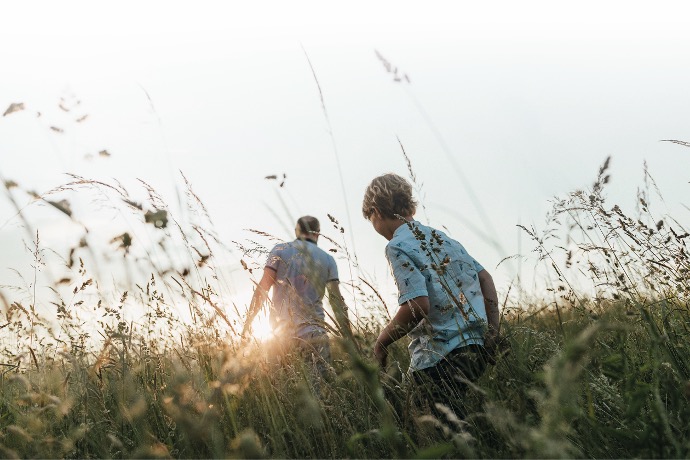
GENERATION IPSEN
In 2022, we launched “Generation Ipsen – For Positive Change,” a framework to further develop our culture of integrity and responsibility. This initiative acknowledges that each of us, across the business, has a role to play in creating positive change. Generation Ipsen is structured around four pillars and guided by clearly defined goals. All targets are aligned with the United Nations’ internationally recognized Sustainable Development Goals (UN SDGs).
Learn more about Ipsen
Ipsen is a global pharma company that aims to create a positive impact for patients and society. Get further insights on what we do via our website.
